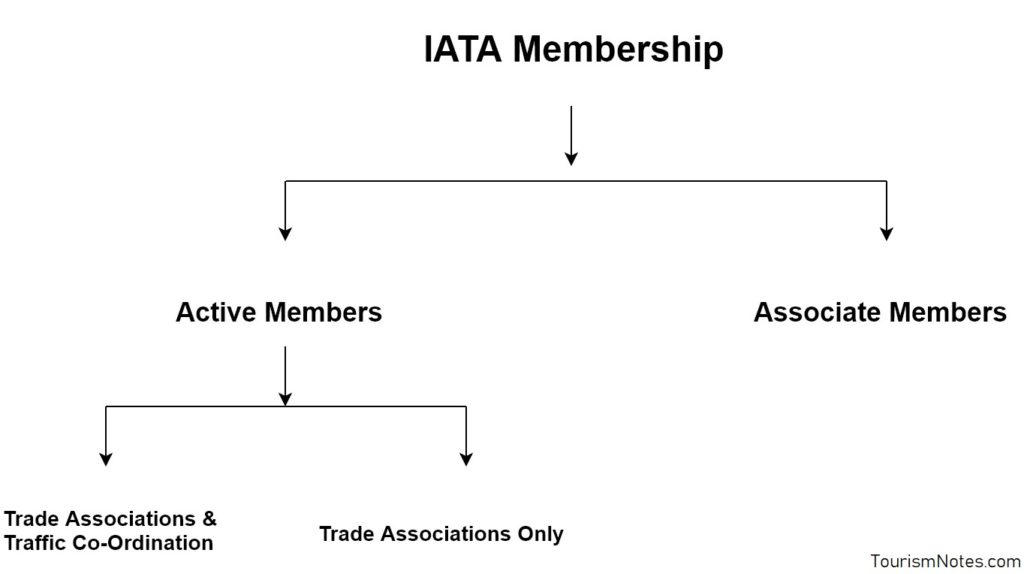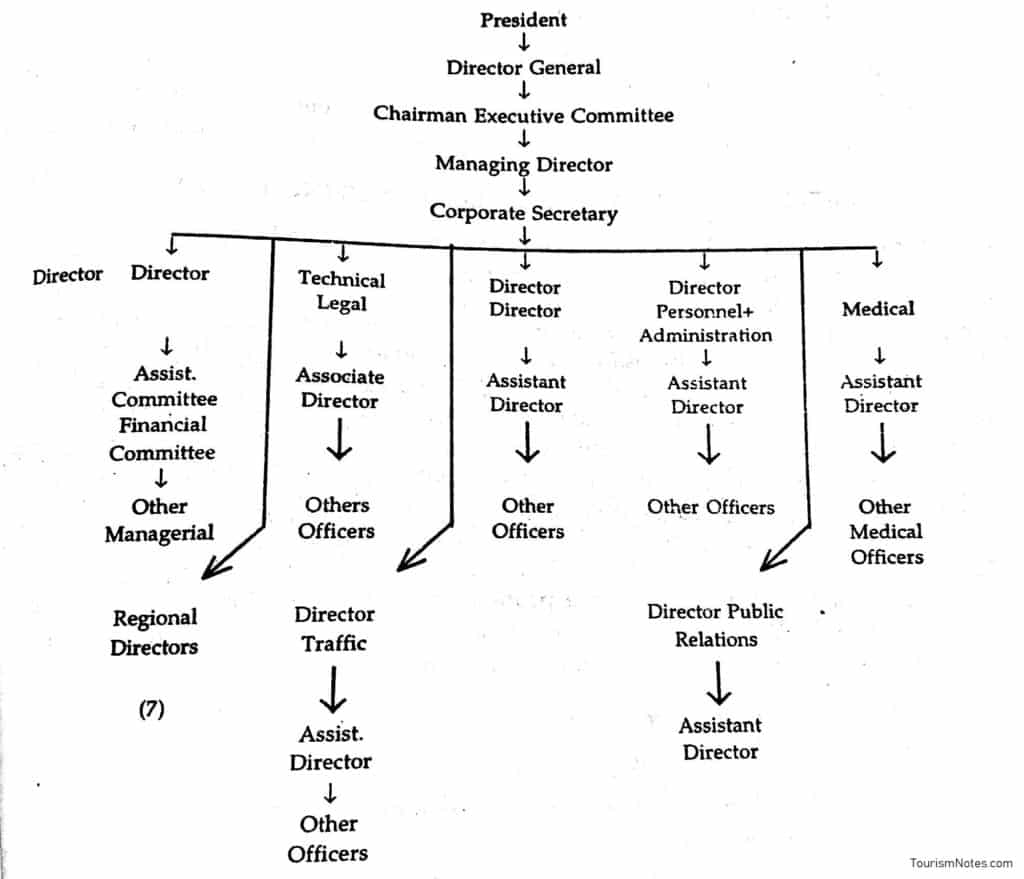Travel and Tourism have been recognized as the single largest item in world trade. Perhaps, it is likely to become the largest global industry by the turn of this millennium. Already accounting for more than 9.5% of total world trade, 30% of the service sector, and about 13% of the global employment.
In fact it, it has become a multi-facet industry that affects nearly all the sector of the international and national economy. To develop and promote tourism at globally, there are several international, national, and regional travel and tourism promotion organizations such as WTO, PATA, ASTA, IATA, and ICAO.
Apart from these promotional organizations, there are several travel trade organizations, with specific deal with travel agency and tour operation business at regional travel, national and global travel.
Travel trade organizations provide a common platform to solve travel company’s various problems such as HRD, financial, marketing, safeguard interests, lay down the code of ethics, and also helps the agency on a variety of travel issues.
International Air Transport Association (IATA)
The International Air Transport Association was founded in 1945 by the airlines of several countries to regulate the world’s civil air transport. It is the successor to the International Air Transportation Association founded at Hague in 1919.
As a non-governmental organization, it drew its legal existence from a special Act of the Canadian Parliament in December 1945. It closely resembles the International Civil Aviation Organization in terms of its activities and organizational structure.
IATA is a voluntary, non-exclusive, non-political democratic organization and its membership is open to any operating airline which has been licensed to provide scheduled air services by the government.
Objectives of IATA
IATA is purely a non-political, commercial regulatory organization and has powers to regulate every act of its constituents. The main objectives of IATA are:
- To ensure the safe, regular and economical air transport for the benefits of people worldwide.
- To provides a means of collaboration.
- To prevent economic waste caused by unreasonable competition.
- To encourage the art of aircrafts design and operation for peaceful purposes.
- To promote and develop international tourism.
- To provide a common platform for travel agencies and tour operators.
- To provide training and education facilities for members.
- To cooperate with the International Civil Aviation Organisation and other international and national organizations.
Membership of IATA
IATA has two types of members:

- Active Members
- Associate Members
Active Members
Active membership is further divided into two types:
- Trade Associations and Traffic Co-Ordination
- Trade Associations
Any airline which has been licensed to operate scheduled air services by the appropriate authority to transport passengers, mail, and cargo between the territories of two countries, is eligible to become an active member of the association. The active members have various rights, duties, and authority. Presently, there are more than 250 airlines as active members from 200 countries.
Associate Members
This membership is open to any other organization/enterprise who is operating in transport, hotels, resorts, travel trade and indirectly involved in tourism-related activities. The application for the membership in the association is to be submitted in the writing for the consideration and action of the executive committee and all such concerns can become active or associate members, only after approval by the executive committee.
However, any enterprise whose application is rejected by the committee can appear in the next general meeting of the committee.
Organizational Structure of IATA
IATA administration is carried out under a director-general, corporate secretary, senior director, regional directors, and regional technical directors. The overall control and management of the association lie with the general meeting of the members which take place annually.

Basically, the meeting has two main responsibilities (a) Internal affairs of the association and (b) Functions- Finance, accounting, medical, traffic conference, legal, technical and other activities related to industry. The internal affairs include the appointment of the president and approval of the budget etc.
Roles and Contribution of IATA
IATA is a non-government origination that regulates the world’s civil air transportation. IATA plays an important role in the travel trade and civil air transportation. Some main and important role and contributions of IATA are following as:
- IATA provides a common platform to solve many travel trade problems.
- IATA helps travel agencies and tour operators to establish their professionalism and integrity in the field of tourism.
- IATA helps to simplify the traveling process.
- IATA helps in the promotion and development of tourism.
- IATA helps the government to formulate civil aviation policy, paid tourism policy.
- It lays down rules and conditions for the approval of a travel trade organization.